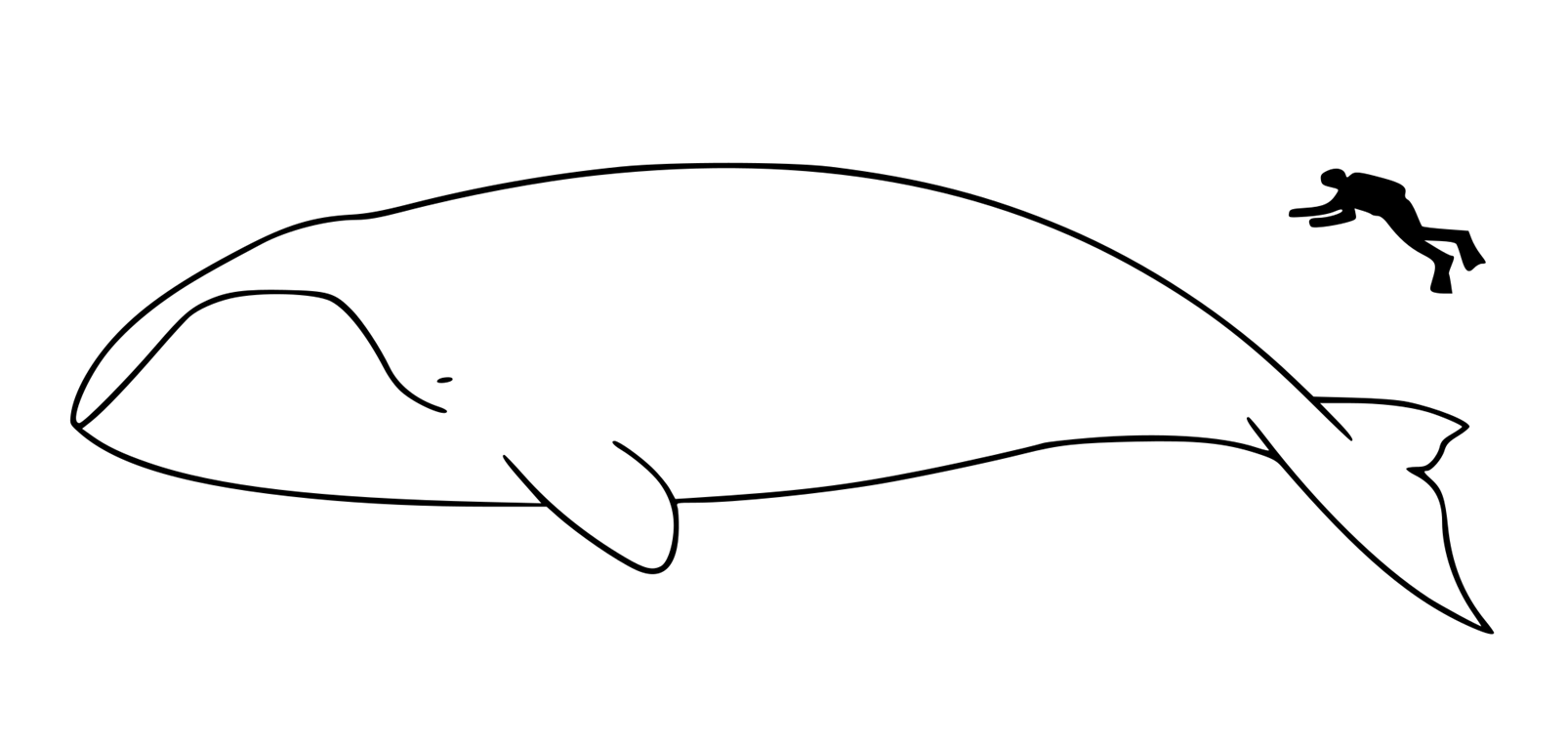The longest-living mammal is the bowhead whale, a giant, Arctic-dwelling species that’s bigger than a bus, with evidence suggesting they can live over 200 years. That means there are currently bowhead whales swimming around Alaska that were alive when Moby-Dick was written in 1851.
Researchers know about the longevity of bowhead whales thanks to several unusual clues. In 2007, Native Alaskan hunters discovered a stone harpoon tip embedded in the blubbery body of a bowhead. The distinctive harpoon was traced back to a patented weapon design that was popular between 1885 and 1895, putting the whale at around 115 years old.
More precise measurements can be gained from the whales’ eyes. Their eye lens contains an amino acid called aspartate, which comes in left- and right-handed variants. Over a lifetime, they can accumulate in layers, with the two variants occurring at a predictable rate. By studying the ratio of lefties and righties, scientists can work out the age of the whale.
In a 1999 study, this method was used on the eyes of 48 bowhead whales that were hunted over several decades by Indigenous peoples in Alaska. Four of the bowheads (all males) were older than 100 years old, while one individual was estimated to be 211 years old.
Bowhead whales (Balaena mysticetus) are unusual in that they spend nearly their entire lives in Arctic and subarctic waters, high up in the Northern Hemisphere.
They are wonderfully adapted to this icy environment. Their huge mass and stocky body – measuring up to 18.8 meters (62 feet) and weighing up to 90,710 kilograms (200,000 pounds) — helps to conserve heat, plus they are lined with an insulating layer of blubber that can be up to 50 centimeters (20 inches) thick.
Unlike many other whales, they don’t possess a dorsal fin, allowing them to swim under sea ice with ease. They also have unusually small testicles, but we’ll get into that later…
Just like the gigantic blue whale, bowheads are baleen whales. Instead of using teeth to eat, they have long, comb-like plates that act like giant sieves. They gulp in mouthfuls of seawater, then push it back out through the baleen, trapping tiny prey such as krill and other zooplankton by the thousands.

Illustration showing the size of a bowhead whale compared to a diving human.
It’s a curious scientific rule that larger animals tend to live longer lives than smaller ones. This might seem paradoxical; you would assume that a larger animal has more cells and, therefore, an increased risk of genetic mutations, thereby raising the risk of cancer. However, this isn’t the case.
For bowhead whales, their long lives might be thanks to the duplication of a gene called CDKN2C, which is linked to halting cell division and preventing programmed cell death. The only downside: the gene duplication appears to have a negative effect on male fertility as it influences sperm production and shrinks the size of their testicles.
Other long-living mammals include elephants, which can live up to 70 years in the wild, and Homo sapiens, hairless great apes that walk upright. In the US, this species lives an average of 78.4 years, although they can live for well over a century in some cases.
Many other large whales also enjoy relatively long lives; blue whales, for instance, can reach up to 90 years of age. Nevertheless, none can rival the extreme longevity of the bowhead.
Source Link: The Longest Living Mammals Are Giants That Live Up To 200 Years In The Icy Arctic